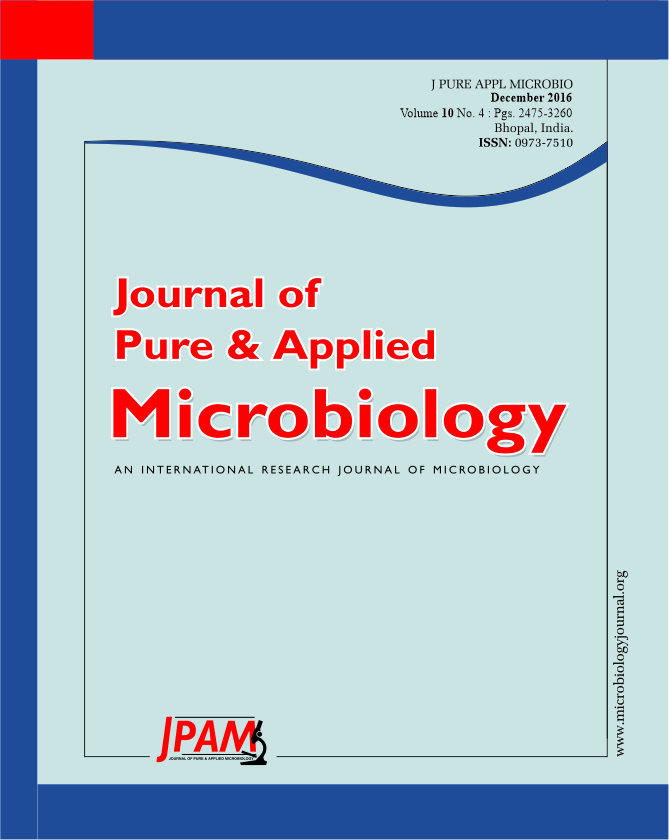A field experiment was conducted at Research Farm of IGKV, Raipur during Kharif 2013 to evaluate the combined effect of herbicide and insecticide on growth, nodulation and Rhizobium population in soybean. All the herbicidal treatments recorded significantly at par to improving growth characters viz. LAI, CGR and RGR. Highest Nodule number (74.2 plant-1) and nodule dry weight (74.2 mg plant-1) was resulted by Quizalophop ethyl 5 EC @ 1.0 l ha-1 as sole or combination with insecticides. Whereas all the pesticidal treatments found negative impact on microbial count which was recorded superior (62.1 x106 g-1 soil) under Untreated Check. The highest seed yield (2323 kg ha-1), stover yield (2943 kg ha-1), net income (63655 ¹ /ha) and B:C ratio (3.09) was recorded under Imazathapyr 10 SL@1.0 l ha-1.
Herbicide, Insecticide, Soybean, nodulation and Rhizobium.
© The Author(s) 2016. Open Access. This article is distributed under the terms of the Creative Commons Attribution 4.0 International License which permits unrestricted use, sharing, distribution, and reproduction in any medium, provided you give appropriate credit to the original author(s) and the source, provide a link to the Creative Commons license, and indicate if changes were made.


